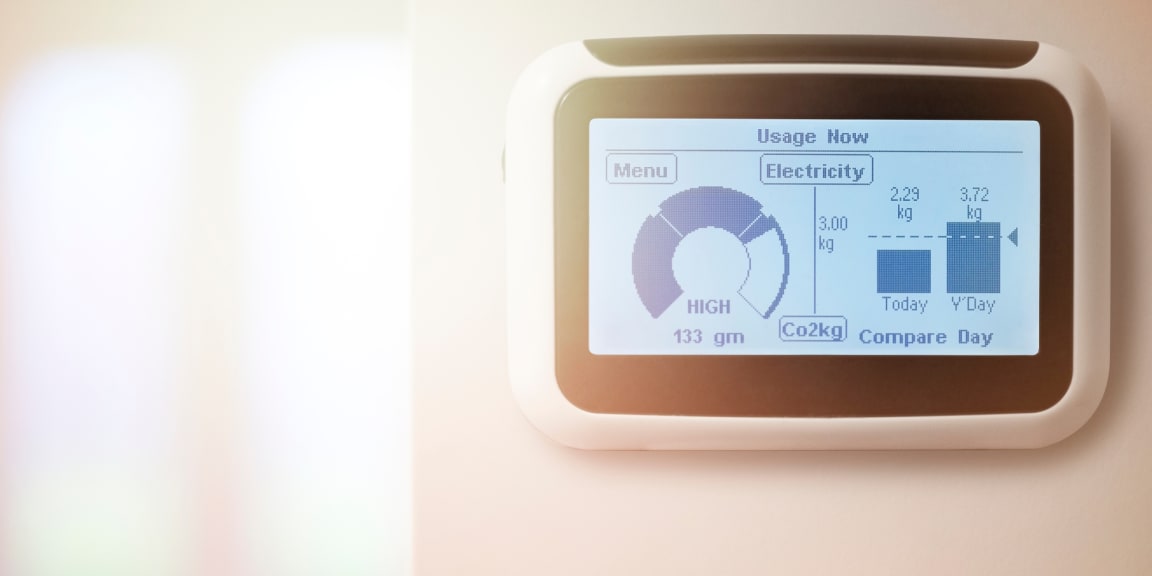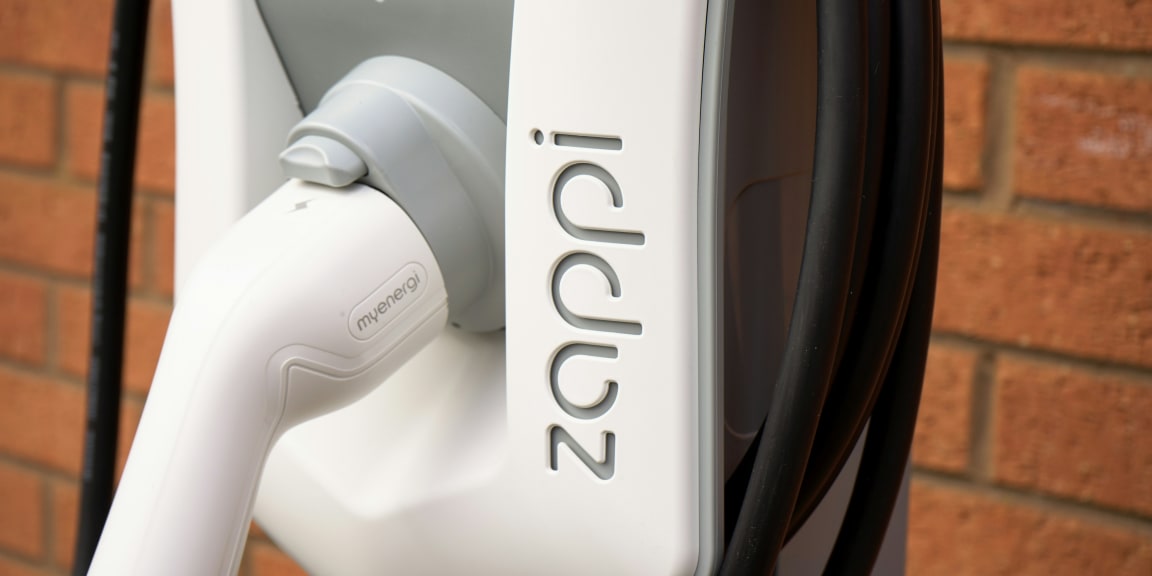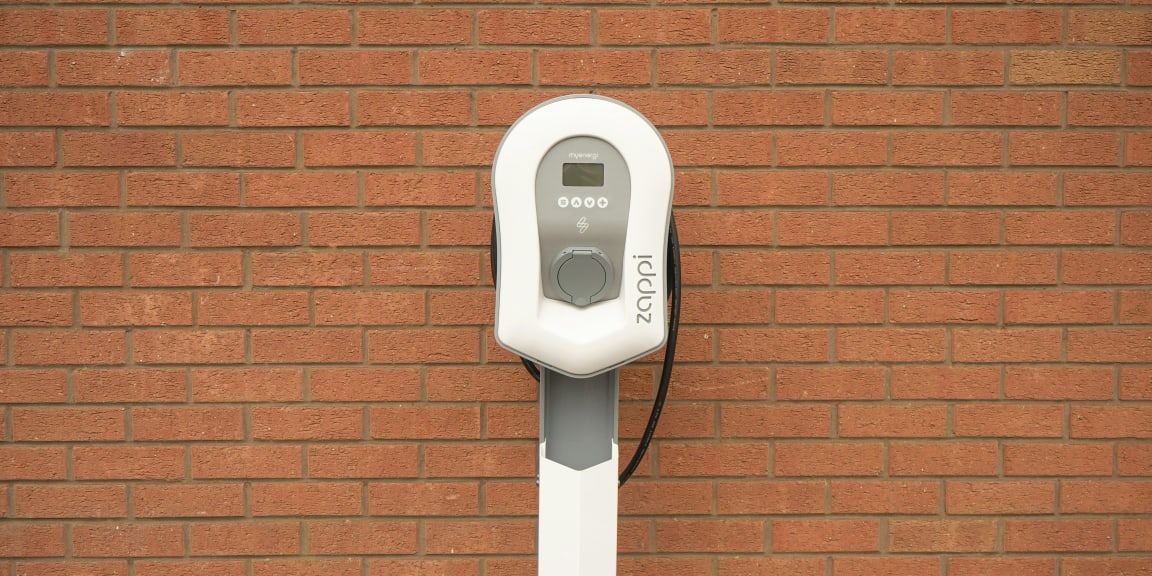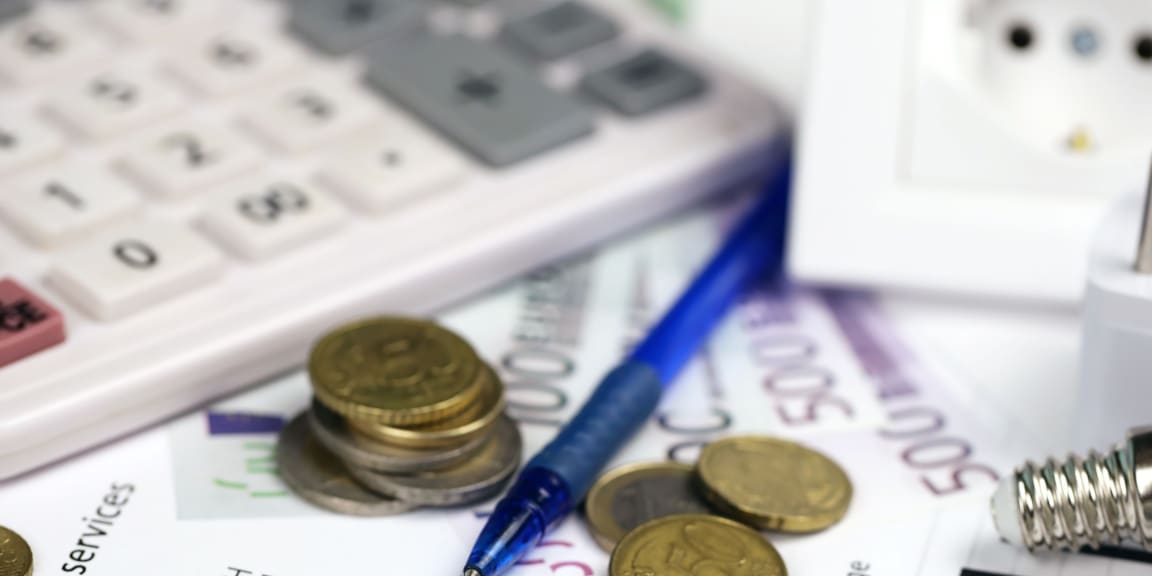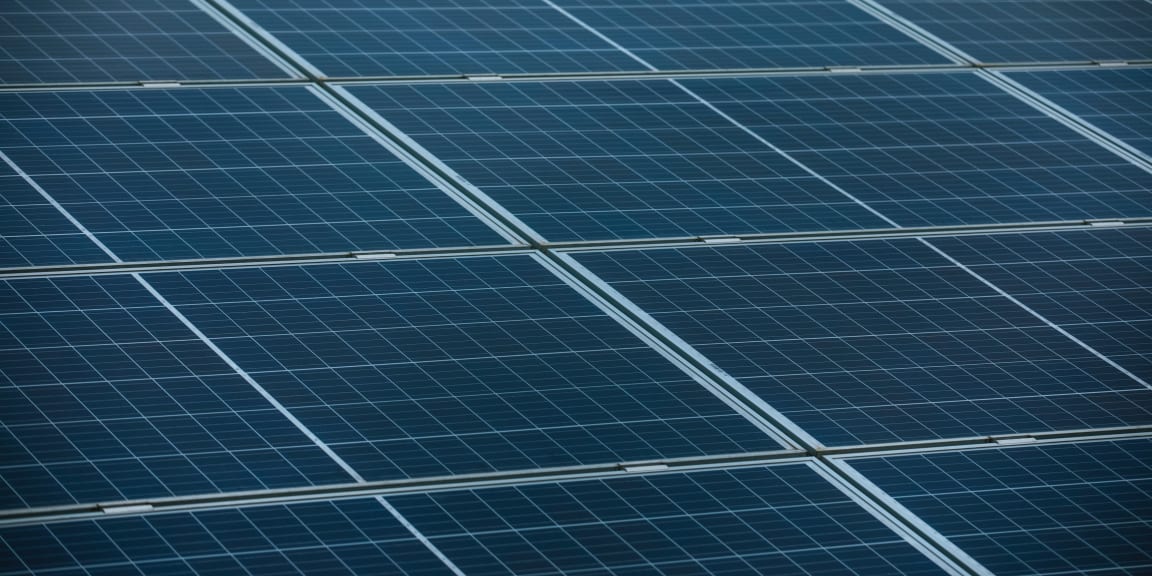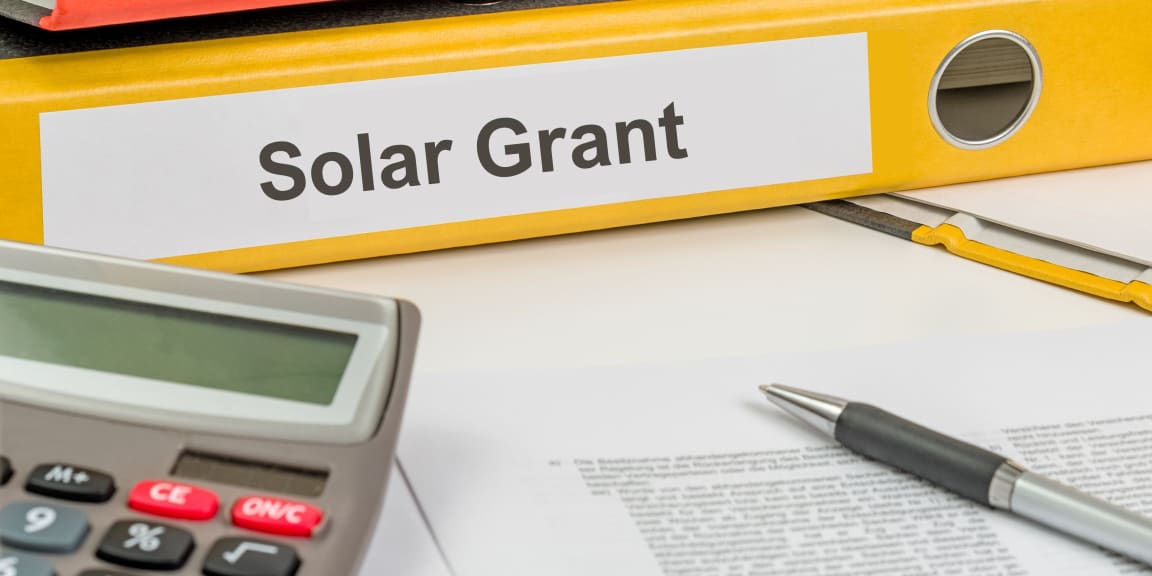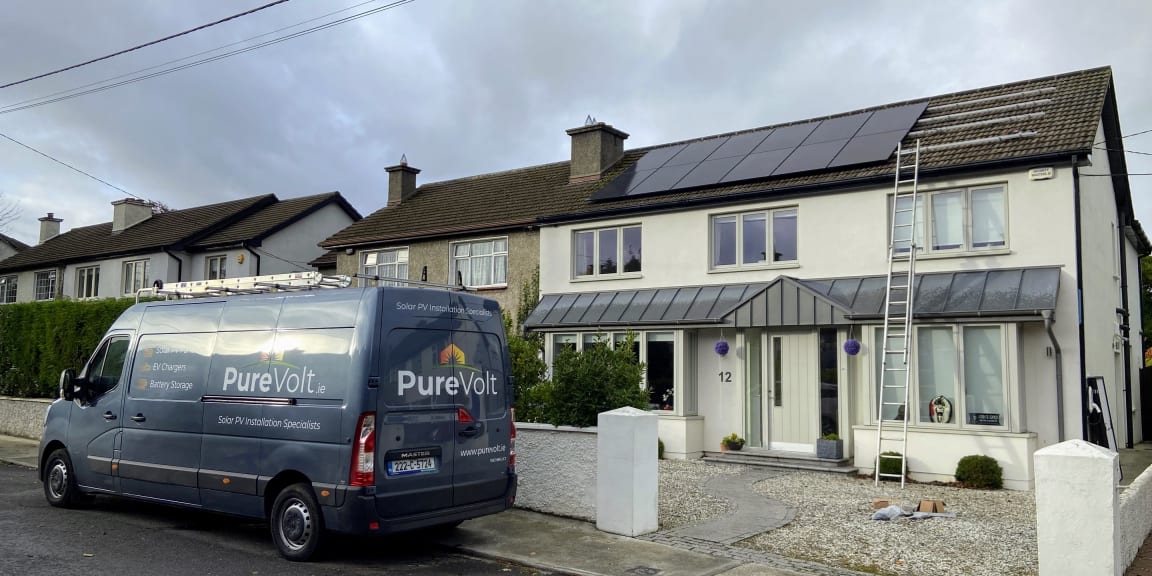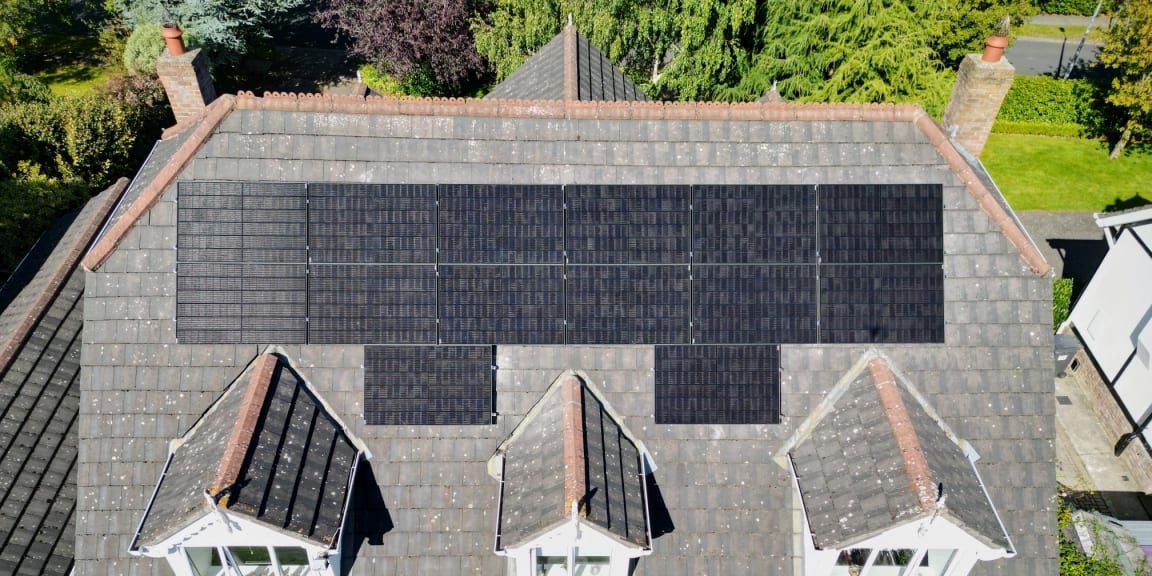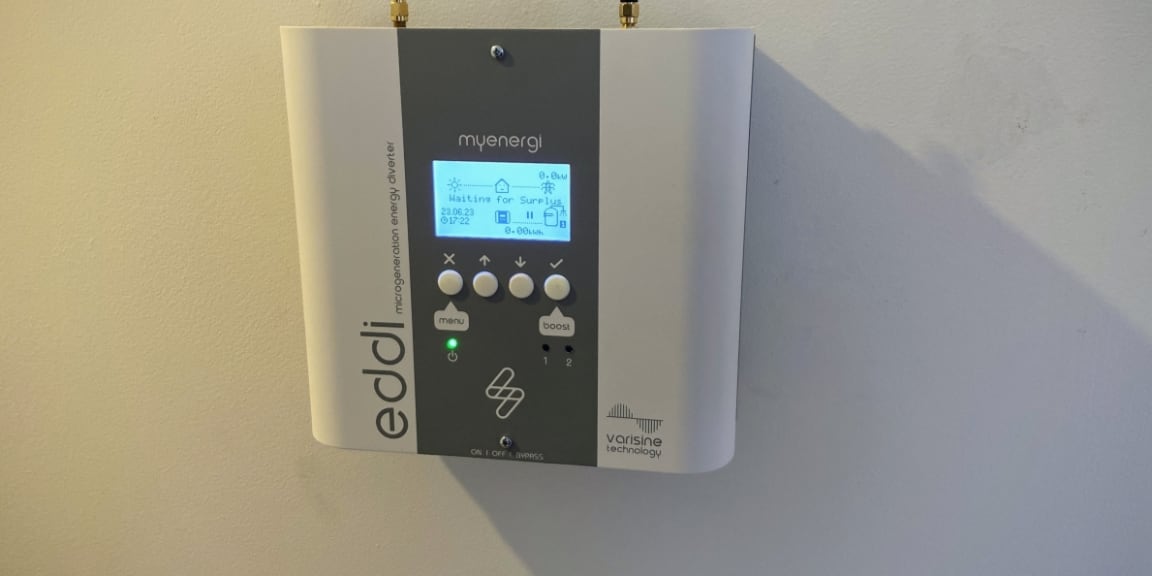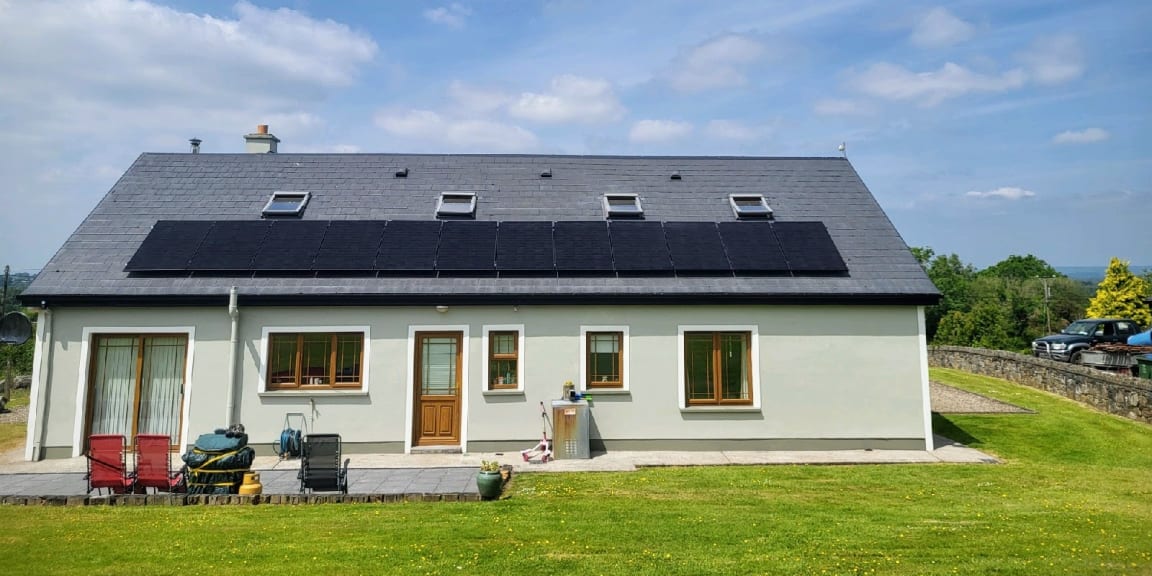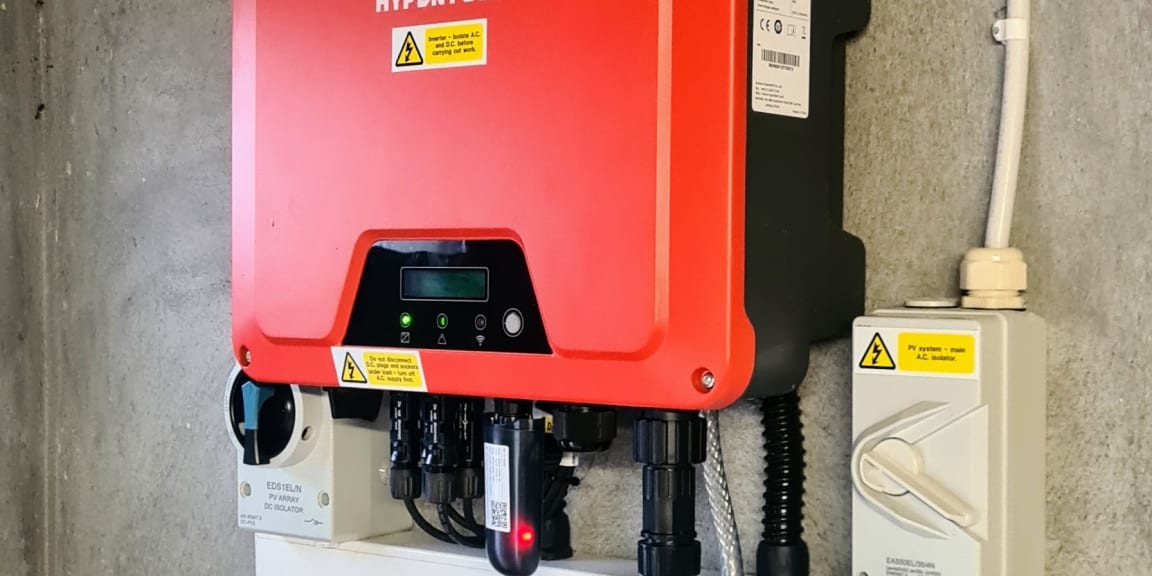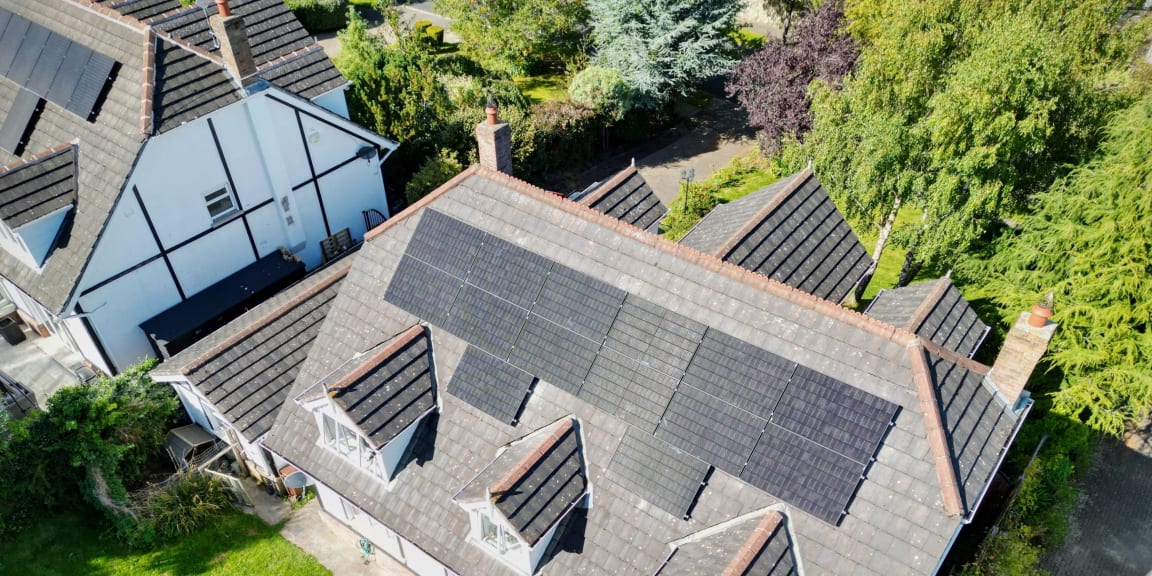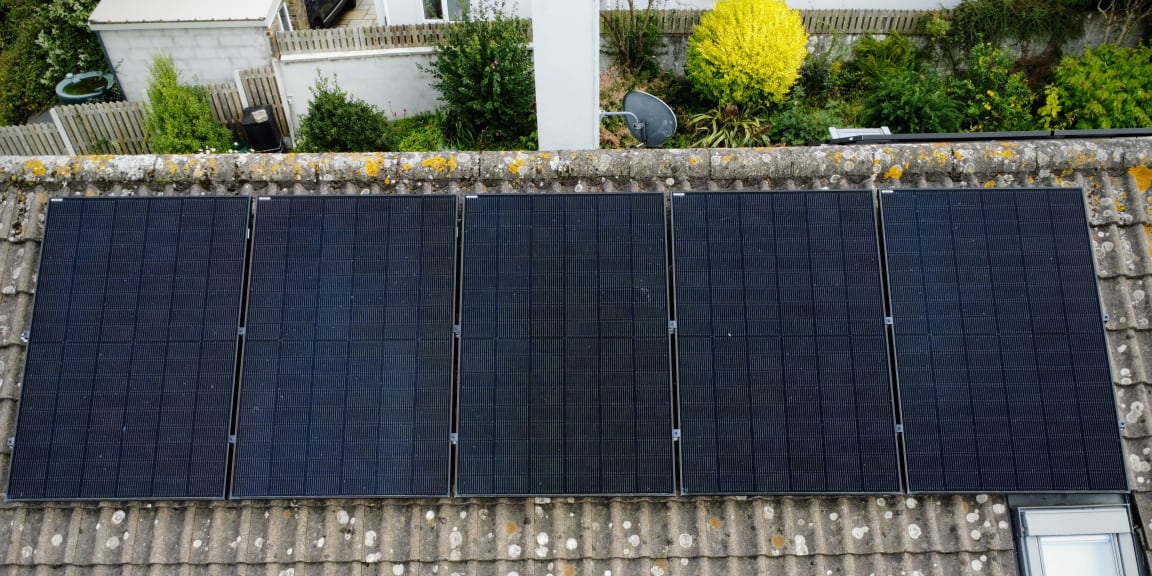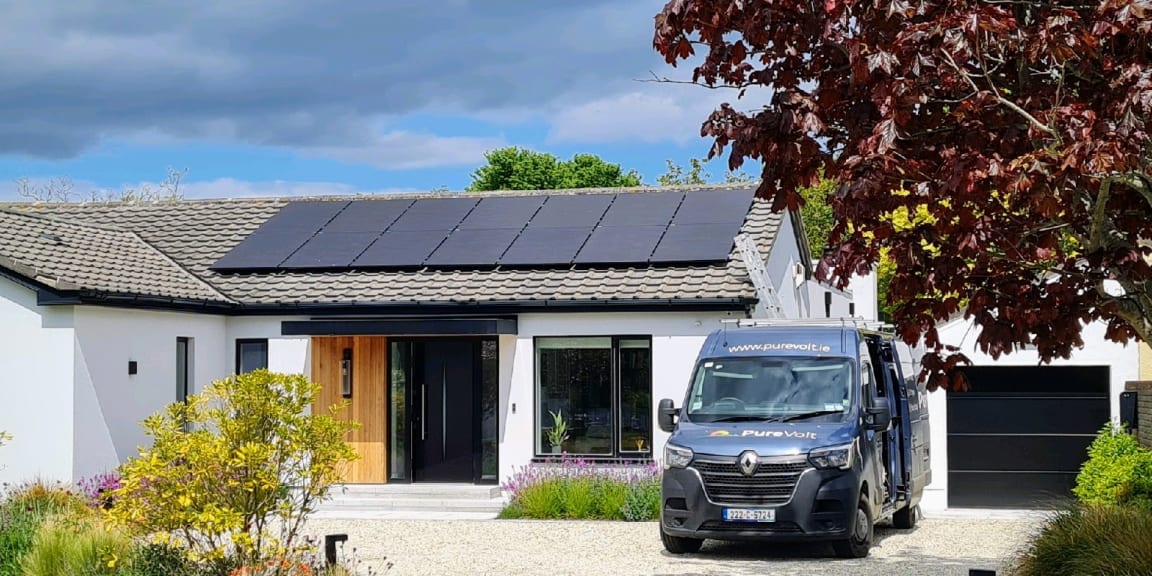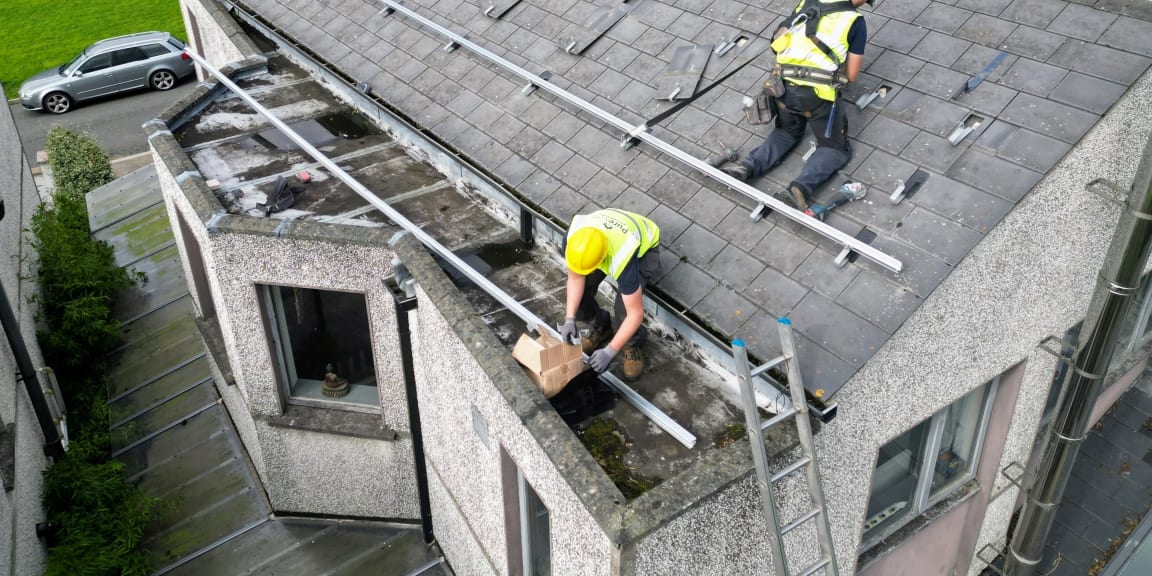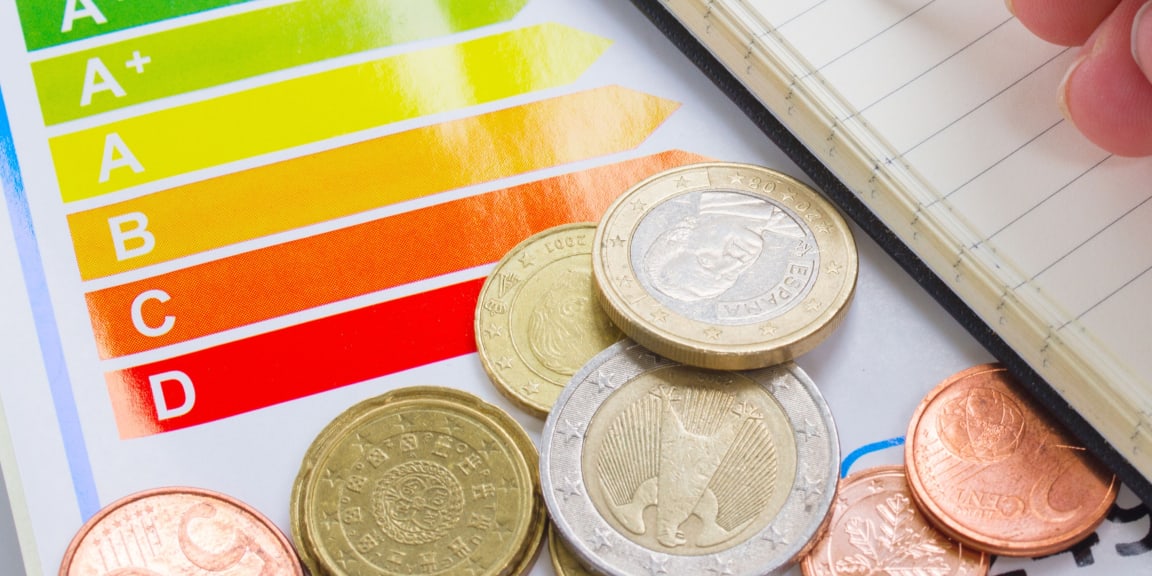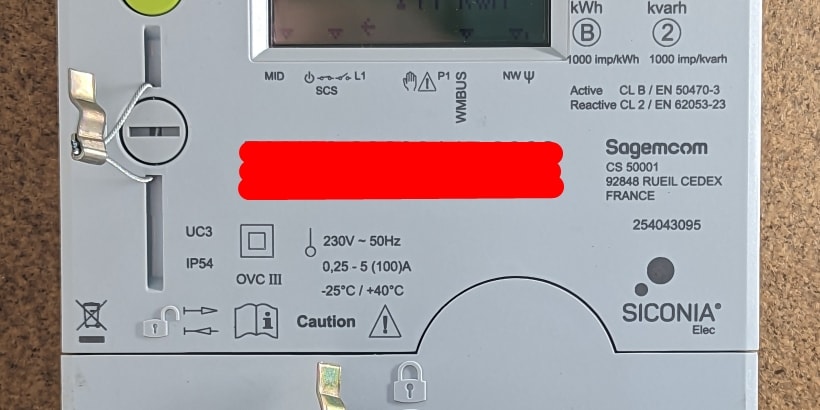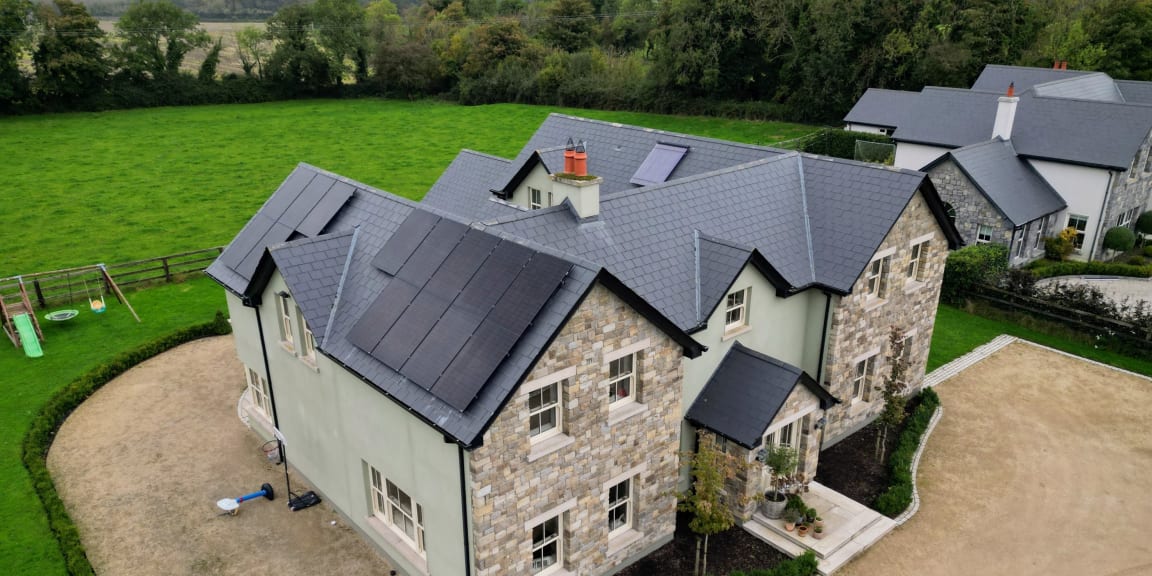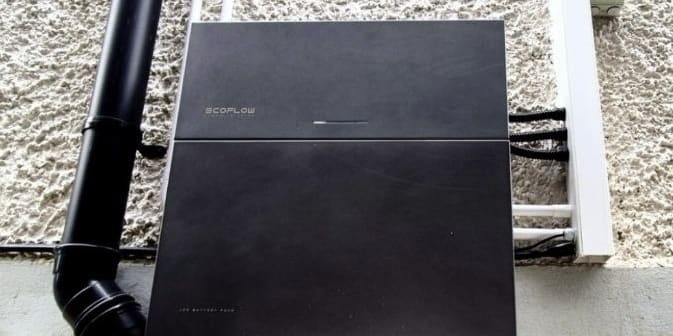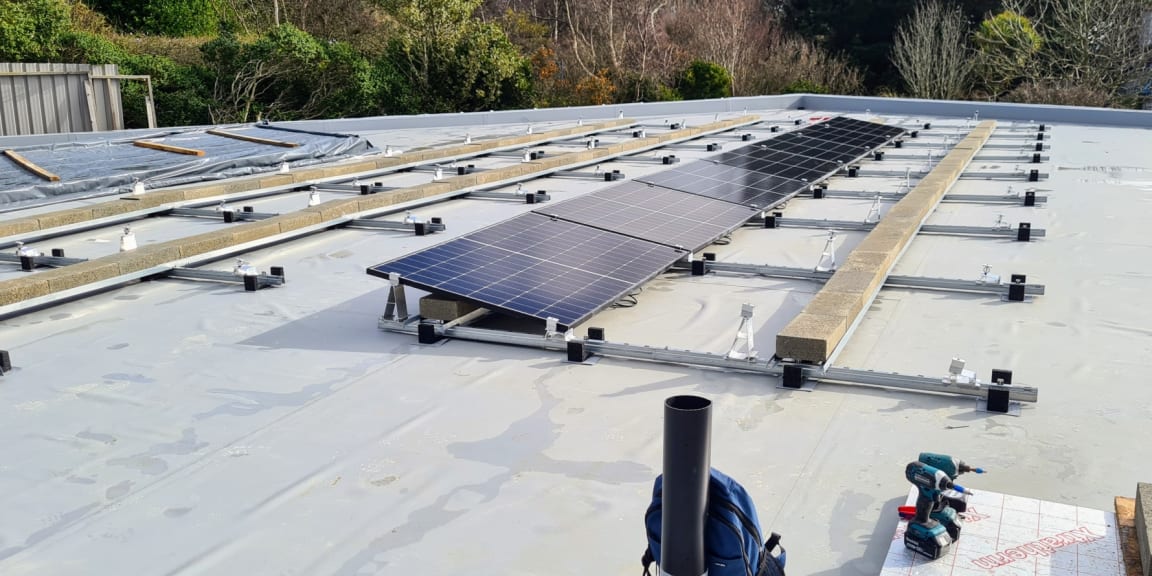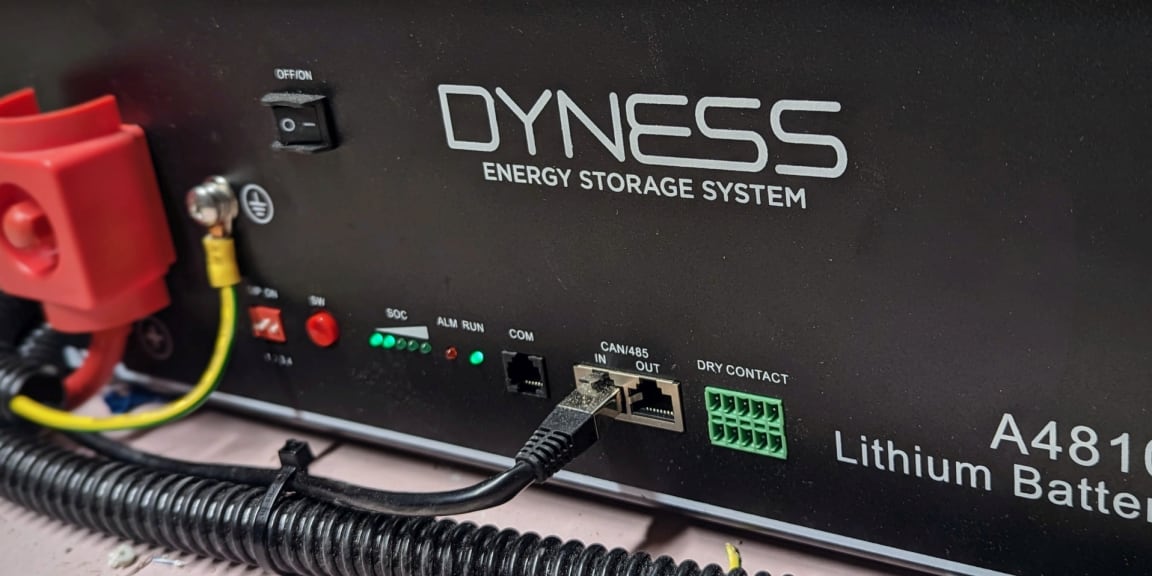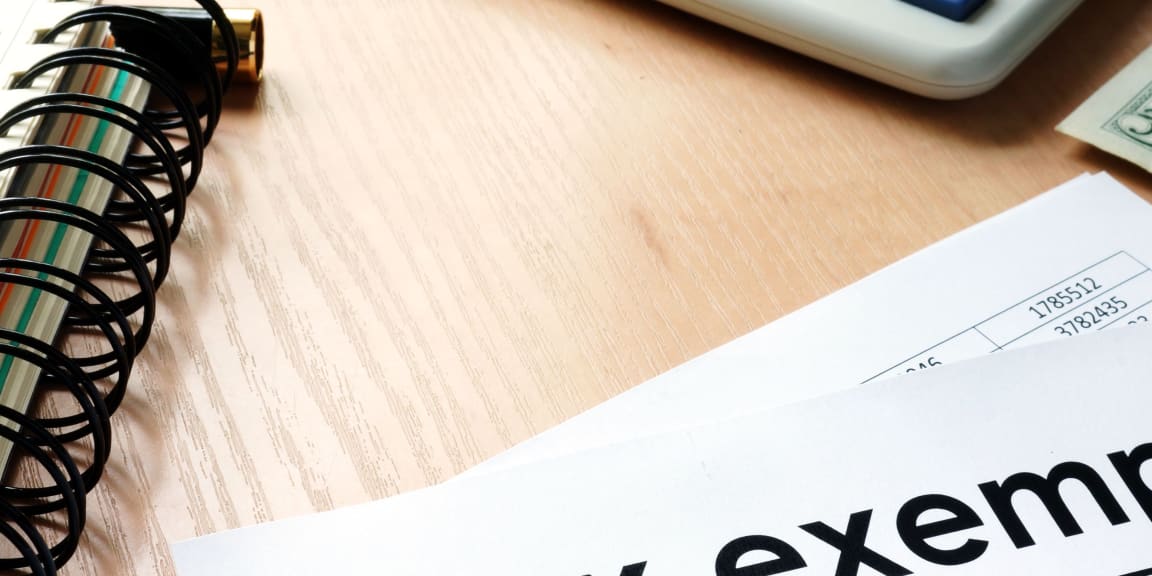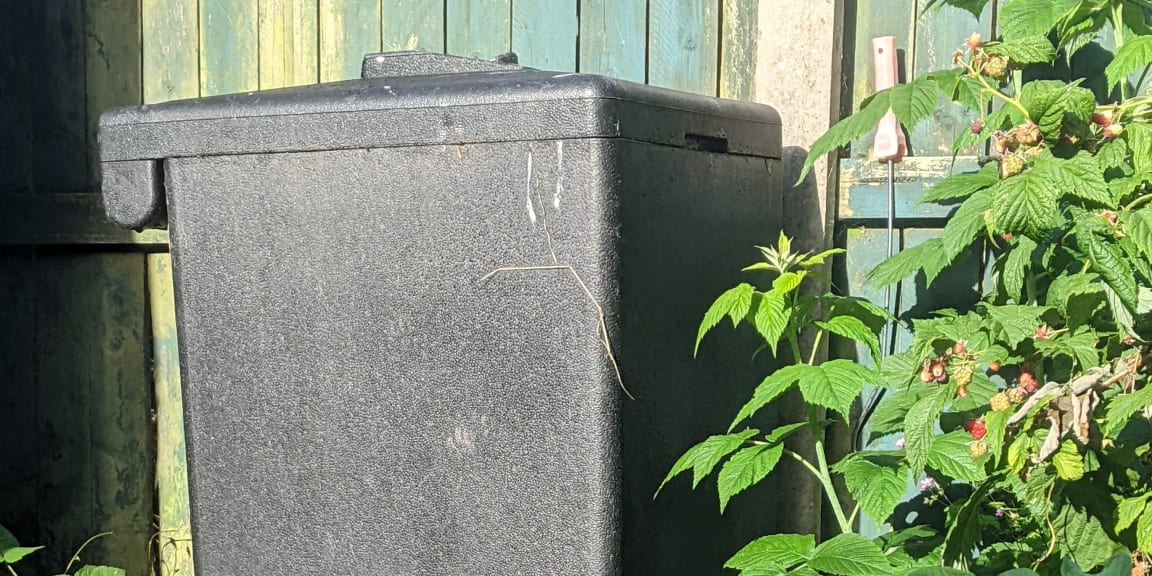How to charge an EV from solar And how many PV panels you'll need to do that. Get the most from your solar panels & electric car combined with a few tips and tricks that can double the range you add to your EV
How many panels do I need to charge my EV?
We get asked this quite a bit, so we've built a simple calculator to help show you what solar panels can do to charge your EV.
Below you can pop in the number & power of your panels, select your car, and it'll give you the average number of kms of range per day you could get.
The three methods of charging your EV
The number of solar panels needed to charge an electric vehicle in Ireland depends on the charging method you select.
System 1: Charge directly from solar
Power flows directly from your panels to your electric car. This only works for those who are home by day.
More about charging directly from solar.System 2: Sell excess solar power to the grid, then by back at night
Works for those who are out by day. The best value option too, as with the right smart meter plan you can sell for a high rate and then buy back cheaper overnight.
More about selling power to the grid, then by back at night.System 3: Store in solar batteries, then charge your electric car from these
Worst value for everyone - the cost of solar batteries is too high to make this viable.
More about using storage batteries to charge an EV.
Charging Plan Used: Energia "Smart Drive" plan
Sell excess solar power to the grid during the day for 20 cents / kWh, then buy back (from 2am - 6am) for 8.31 cents / kWh.
This is the best plan we've found for those with both solar and an EV, due to the longer than normal four-hour window at night to charge your car very cheaply. Effectively, you use the grid as your storage. And even better - for every 1 unit you sell, you get almost 3 units back if you charge during that 2am - 6am slot.
You can of course just charge your EV directly from the panels, but as you can see you don't get the same range added without that benefit of getting back more units than you sold to the grid.
Maximum buyback is 28 kW per night
We've assumed a 7kW charging speed (which is standard for home car chargers). So, in the 4-hour window, that's max 28 kWh of electricity you can buy back from the grid each night and put into your EV.
If you are buying back more than that 28 kWh per night, you'll be buying back at a higher rate. The advantage that the sell-and-buy-back scheme does reduce when you start going over the 28 kWh per night.
Guide figures only
Please take this as a rough guide only. We've purposefully over-simplified this to make it more usable. Also, this gives the average figures only - there can be significant variability day to day depending on the weather.
In reality, you'll always have days when you'll need to pull power from the grid to charge your EV, but the above should give you a good idea of how much of a reduction in your electricity consumption solar can give.
System 1: Charge directly from solar (if home by day)
Many electric car chargers feature a special mode that uses only surplus solar power after your household's energy needs have been met. Any electricity produced by your solar panels goes to your house first, then if there is spare power will go to charge your electric car.
They adjust the rate of charging to match the amount of spare power. As night falls, or if your house is consumption increases, the car charger will automatically pause until there is spare electricity again.
Our go-to car charger is the Zappi, which has this feature built-in. It's called their "Eco+ mode". It includes a user-friendly app that allows you to adjust charger settings and manage various functions directly from your phone. Handy if you are out and about and want to turn your charger up to full power. Many other brands of car chargers also have a similar feature though too.
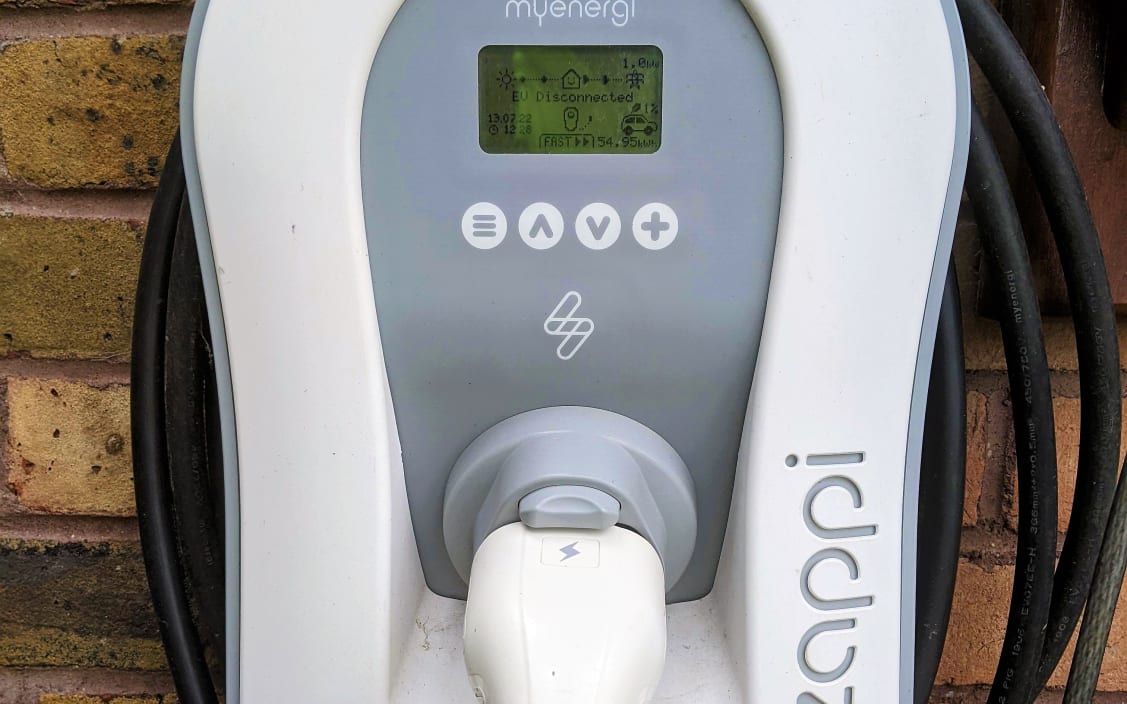
System 2: Sell excess solar power to the grid, then by back at night
The first main advantage here is you do not have to have your electric car at home during the daytime. With smart meters, you can sell your solar electricity to the grid during the day and buy it back at night. Effectively, the national grid is doing the storage for you
Best value option
This can provide better value than charging directly by picking the right smart meter tariffs & timings. You can sell your solar electricity to the grid during the day at a high rate, then by back in the middle of the night at a cheap rate, making you a profit on every unit you sell, then buy back.
Best smart meter tariff for EVs + Solar: Energia's "Smart Meter Drive"
The current best smart meter tariff we've found for EVs + Solar is Energia's "Smart Meter Drive" plan.
Here, you can sell your spare solar to the grid during the day and get paid 20 cents / unit. Then, between 2am and 6am you can buy it back at their super cheap rate of 8.31 cents per unit, so you are making a profit here. For every 1 unit you sell to the grid, you can buy back almost 3 units.
Other electricity providers also have these "Night boost" plans as they are sometimes called, where there is a super-cheap window in the middle of the night. Some companies only offer 2 or 3 hours per night though, so Energia can be worth considering with their 4-hour window, which gives you enough time to get a decent amount of range added to an electric car.
Is 4 hrs enough to charge your EV?
You will not get a full charge in 4 hrs. But, for most people, it'll add enough range for their daily driving needs.
| Smart Meter Plan | Hours of Cheapest Electricity | Charge added to EV assuming typical 7 kW charger | Kms of range added Based on Hyundai Kona EV @ 16 kWh / 100kms |
|---|---|---|---|
| Energia "Smart Drive" plan | 4hrs @ 8.31 cents / unit | 28 kWh | 175 kms |
| SSE Airtricity "Night Boost" plan | 3hrs @ 10.55 cents / unit | 21 kWh | 131 kms |
| Electric Ireland "Night Boost" plan | 2hrs @ 12.25 cents / unit | 14 kWh | 88 kms |
System 3: Store in solar batteries, then charge your electric car from these
In short: too expensive to be viable
We are often asked about how many batches you will need to store enough power during the day to then charge an EV at night. In reality, the numbers do not add up there.
A typical electric car might have a battery of anything between 40 kWh and 75 kWh. A typical solar storage battery can store 5 kWh of power, so you'd need 10 or more to be able to store enough to charge your EV.
Add just one solar storage battery and can add €1,700 - €2,200 to the price of an installation. Yes, solar batteries do get a bit cheaper if you add multiple, but the costs would still be far too high to ever be viable.


